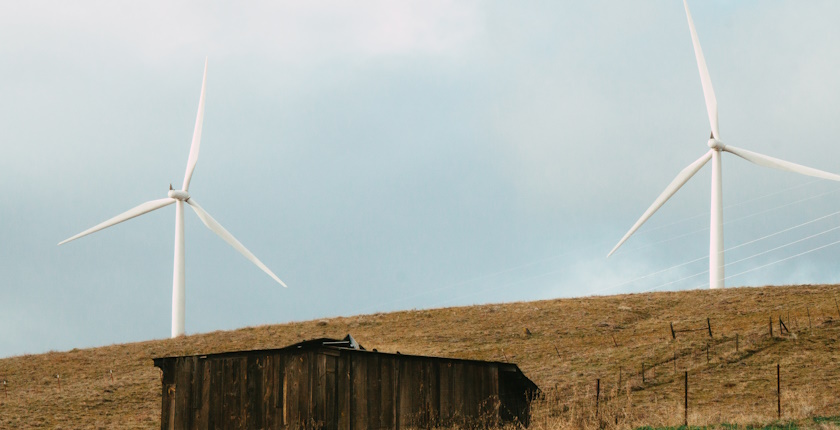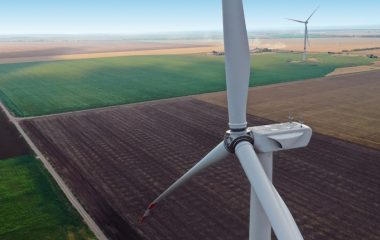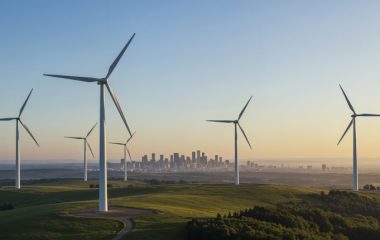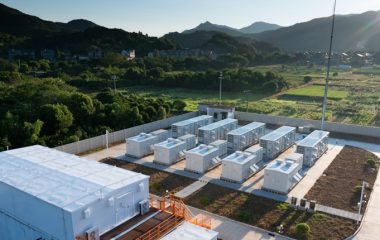
Photo: Wirestock on Freepik
DRI said it plans to start building the 120 MW Ljubovo wind power plant in 2027. It is the company’s third renewables project in Croatia.
Ukraine-based DTEK’s branch in the European Union is expanding its presence in Southeastern Europe. Right after completing a 60 MW solar power plant in Romania, it announced that a 120 MW wind farm project is underway in Croatia.
It is the firm’s third renewable energy investment in the country. The Ljubovo project is in a zone designated for wind power in Lika-Senj county in a mountainous area in central Croatia.
The wind farm would generate an estimated 349 GWh per year, DRI said. It received a preliminary grid access approval in November from HOPS, Croatia’s transmission system operator, and filed for energy approval with the Ministry of Economy late last year.
Construction start at Ljubovo start expected in 2027
The company said it expects to start construction in 2027. DRI scheduled late 2028 for commissioning, according to its website, where it declared it aims to get 500 MW going in Croatia.
“In addition to contributing to the country’s clean energy targets, the development of the Ljubovo wind farm will showcase DRI’s in-house capabilities in engineering, construction, and operations, leveraging on our expertise in generating value along the supply chain and construction management,” new Chief Executive Officer Ivan Geliukh stated.
DRI’s two renewable electricity plants to be connected through same substation
The company’s first two projects in Croatia are for the Brda Umovi wind farm and Vedrine solar park, both in the Split-Dalmatia county, south from the Lika area. The former would result in 127.5 MW, and an additional 28.8 MW in the second stage, with grid connection expected in the second half of 2026, DRI revealed.
The Vedrine photovoltaic plant would be commissioned in the second half of 2027, with 60 MW in peak capacity. Both projects are seen connecting through a 400/110 kV substation via a new ten-kilometer 110 kV line, to be built by DRI under the Brda Umovi contract.
The company added it is interested in working with traders and ofttakers to develop long-term power purchase agreements (PPAs) as well as in participating in the envisaged contract-for-difference (CfD) scheme in Croatia.
DRI said that across its priority markets it now boasts a 1.4 GW portfolio of operating facilities, ones under construction projects in various stages of development.









Be the first one to comment on this article.